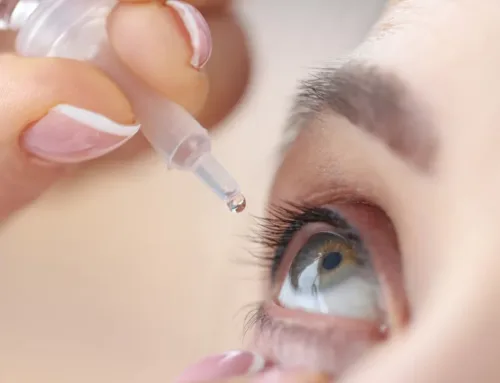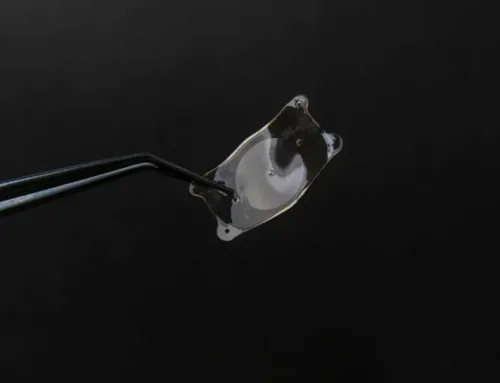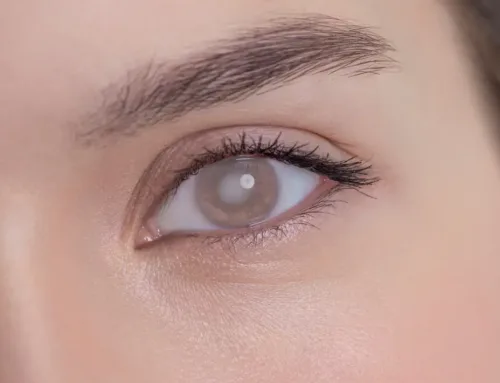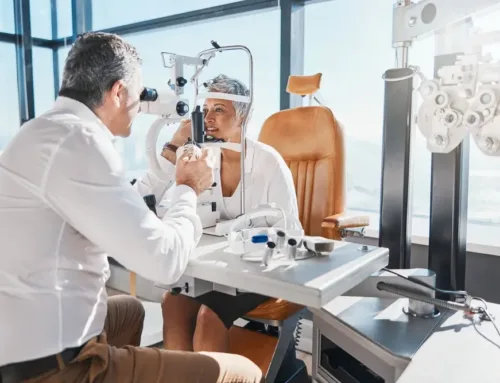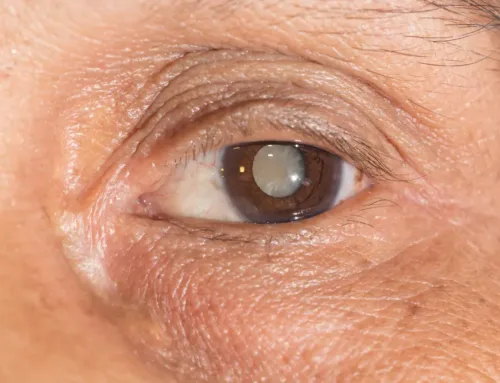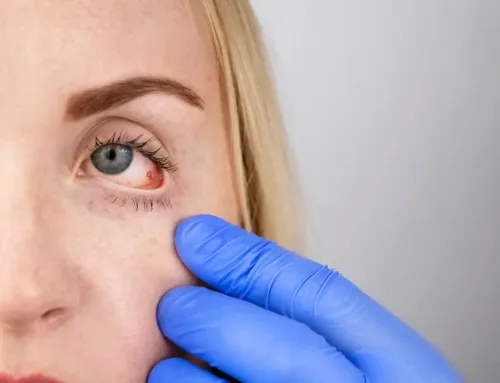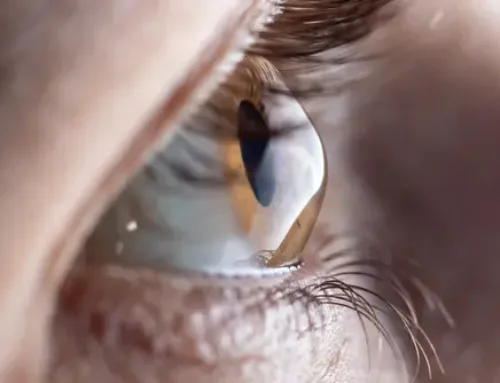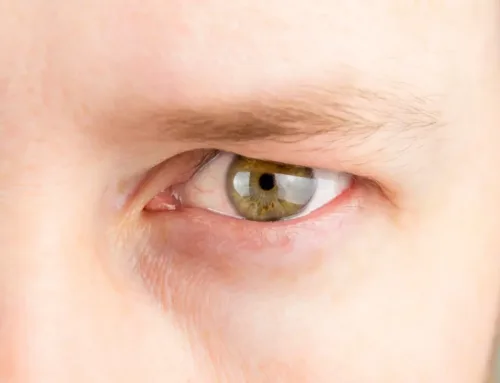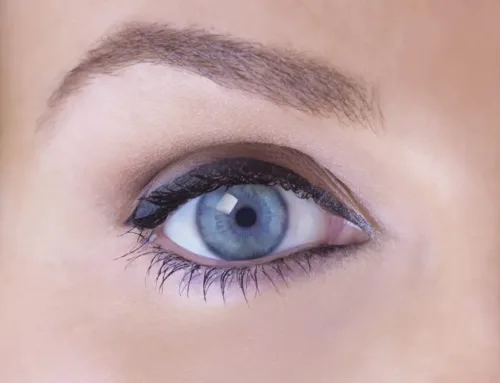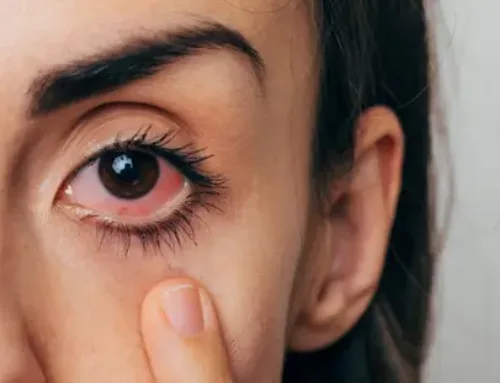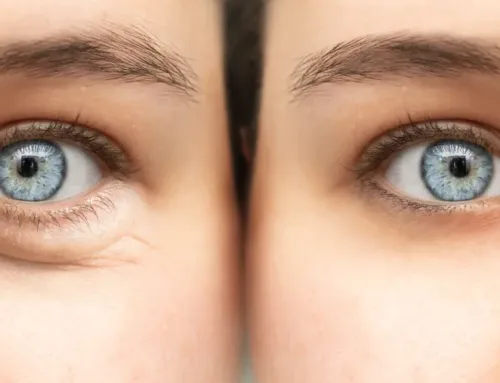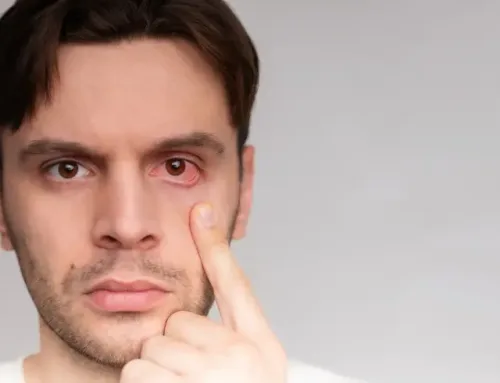Keratoconus is a degenerative eye disorder that affects the cornea, the clear window at the front of the eye. In a healthy eye, the cornea is dome-shaped and helps to focus light properly onto the retina. However, in the case of keratoconus, the cornea progressively thins and bulges into a cone-like shape, leading to distorted and blurry vision. Certain actions and conditions can exacerbate keratoconus, making it more severe or causing it to progress more rapidly.
Causes Of Keratoconus
The underlying causes of keratoconus are not entirely understood. Experts believe that a combination of genetic and environmental factors play a role. Some research suggests that keratoconus may be linked to certain genetic disorders, including Down syndrome and Leber’s congenital amaurosis.
Environmental factors that may contribute to keratoconus include excessive eye rubbing and allergies. Both of these factors can potentially aggravate the condition, leading to a more rapid progression of the disorder. 
The Impact Of Eyes Rubbing On Keratoconus
One of the most common behaviors associated with the progression of keratoconus is eye rubbing. The impact of rubbing eyes on the keratoconus can be significant. When we rub our eyes, we apply pressure to the cornea. In people with a healthy cornea, this pressure is unlikely to cause damage. However, in individuals with keratoconus, where the cornea is already thin and weak, this additional pressure can cause further thinning and bulging.
Eye rubbing is particularly harmful because it can stimulate the release of enzymes that weaken the collagen fibers in the cornea. These fibers are responsible for maintaining the shape of the cornea, and when they’re compromised, the cornea can begin to bulge outward into a cone shape—the hallmark of keratoconus.
How Allergies Can Exacerbate Keratoconus
Similar to the impact of rubbing eyes, allergies can also worsen keratoconus. Allergies often cause itching and irritation in the eyes, leading to an increased urge to rub the eyes. This, in turn, can exacerbate the progression of keratoconus.
Additionally, allergies can cause inflammation in the eye, which can further harm the cornea. Inflammation can lead to the release of enzymes that break down the collagen fibers in the cornea, leading to further thinning and bulging.
There’s also evidence to suggest that individuals with allergies have a higher risk of developing keratoconus. Therefore, managing allergies effectively, including avoiding triggers and using appropriate treatments, can be an important part of managing keratoconus.
Keratoconus Treatment Options
There are several keratoconus treatment options available, ranging from glasses or contact lenses in the early stages to surgery for more advanced cases.
In the early stages of keratoconus, glasses or soft contact lenses may be sufficient to correct the mild astigmatism and myopia caused by the disorder. As the condition progresses, however, rigid gas-permeable (RGP) contact lenses or specially designed keratoconus contacts may be required to help reshape the cornea and improve vision.
For those with more advanced keratoconus, or those who cannot tolerate contact lenses, there are surgical options. One such option is corneal transplant surgery, where the diseased cornea is replaced with a healthy donor cornea. Another option is a procedure called corneal cross-linking.
A Revolutionary Treatment
Corneal cross-linking is a relatively new and revolutionary keratoconus treatment that can help to halt the progression of the disorder. It works by strengthening the collagen fibers in the cornea, making it more rigid and less likely to bulge.
During the procedure, eye drops containing riboflavin are applied to the cornea, which is then exposed to ultraviolet-A light. This stimulates the formation of bonds, or ‘cross-links’, between the collagen fibers, strengthening the cornea.
Cross-linking is a minimally invasive procedure that can often be done on an outpatient basis. It’s been shown to be effective in slowing or stopping the progression of keratoconus, and in some cases, it can even help to slightly improve the shape of the cornea.
Navigating Keratoconus For Optimal Eye Health
Keratoconus is a complex eye disorder that can have a significant impact on a person’s quality of life. While the precise causes of keratoconus are still not entirely understood, it’s clear that certain behaviors and conditions, such as rubbing the eyes and having allergies, can play a role in its progression. Fortunately, there are a range of keratoconus treatment options available, including the revolutionary cross-linking procedure.
To learn more about keratoconus and treatment options, consult with our professionals at Treasure Coast Eye Specialists in our Port St. Lucie or Stuart, Florida, offices. We are dedicated to maintaining and enhancing the quality of life for our patients through state-of-the-art medical care. Call 772-400-2400 or 772-286-0007 to schedule an appointment today.


